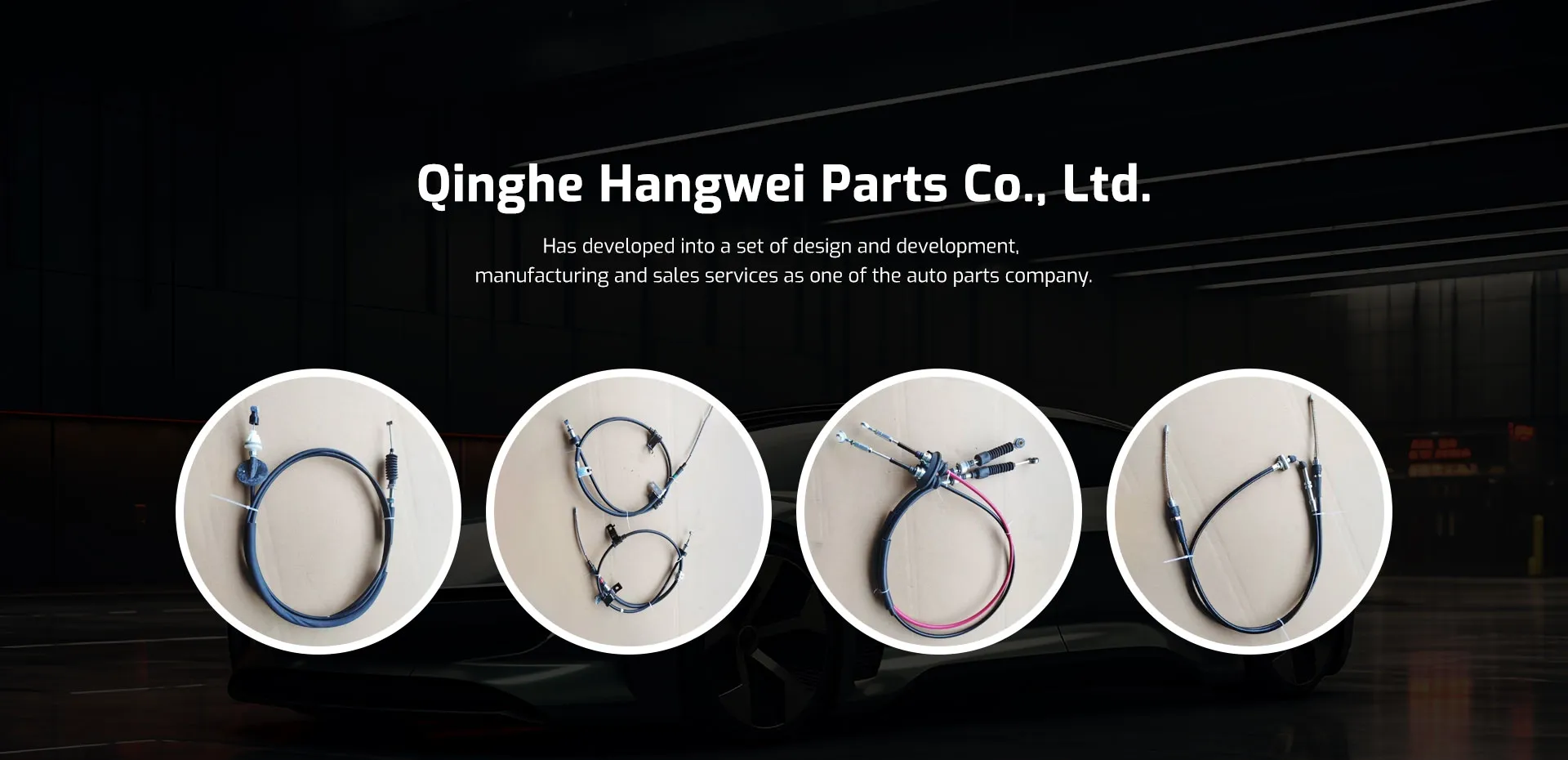throttle cable control
Understanding Throttle Cable Control Key Insights and Best Practices
Throttle cable control is an essential component of many vehicles, ranging from motorcycles to cars and even some boats. It plays a crucial role in regulating engine power and ensuring that the vehicle operates smoothly. In this article, we will explore the intricacies of throttle cable control, its significance, common issues, and maintenance practices to keep it functioning optimally.
What is Throttle Cable Control?
At its core, the throttle cable is a flexible cable that connects the accelerator pedal to the throttle body in an internal combustion engine. When the driver presses the accelerator, the cable pulls on the throttle body, which controls the airflow into the engine. This air intake determines how much power the engine produces, making the throttle cable a critical part of the vehicle's performance.
Modern vehicles increasingly use electronic throttle control (ETC), which replaces traditional cables with a system of sensors and motors. However, understanding the mechanics of traditional throttle cables is still important, as many older models and specific applications still rely on this system.
Importance of Throttle Cable Control
Precise throttle cable control is vital for several reasons. First and foremost, it affects vehicle responsiveness. A well-tuned throttle cable ensures that the engine responds quickly and accurately to the driver's commands. This responsiveness is crucial for safe driving, especially in critical situations where rapid acceleration or deceleration is necessary.
Additionally, proper throttle cable function impacts fuel efficiency and emissions. If the cable is stiff or malfunctioning, it can lead to incorrect throttle positioning, causing the engine to consume more fuel or produce higher emissions than necessary. Thus, maintaining optimal throttle cable performance contributes not just to driving pleasure but also to environmental sustainability.
Common Issues with Throttle Cables
Despite their simplicity, throttle cables can encounter several issues over time. One of the most common problems is cable wear and stretch. As the cable ages, it can become frayed or stretched, leading to a sluggish response when the accelerator is pressed. This wear can also result in a loss of power and poor fuel efficiency.
throttle cable control

Another issue is binding, wherein the cable can get stuck in its housing due to dirt, grime, or lack of lubrication. This binding can cause erratic engine behavior, making it difficult for the driver to manage speed accurately. Lastly, improper installation or adjustment of the throttle cable can lead to incorrect throttle positioning, causing the vehicle to hesitate or accelerate unexpectedly.
Maintenance Practices
To ensure your throttle cable remains in good condition, regular inspection and maintenance are essential. Here are some best practices
1. Visual Inspection Regularly inspect the throttle cable for signs of wear, fraying, or damage. If you notice any issues, it's best to replace the cable promptly to prevent further complications.
2. Lubrication Keeping the cable lubricated can help prevent binding and ensure smooth operation. Use a suitable lubricant and apply it sparingly to avoid attracting dirt and debris.
3. Adjustment Check the cable tension periodically. If the cable is too loose or too tight, it may need adjustment. Most vehicles have a specification for the correct tension, so consult the owner's manual.
4. Cleaning Ensure that the surrounding components, such as the throttle body and pedal assembly, are clean. Dirt and grime can migrate to the cable, causing it to wear prematurely.
5. Professional Servicing If you encounter persistent issues or if you're unsure about performing maintenance yourself, it’s wise to consult a professional. A qualified mechanic can accurately diagnose and rectify throttle cable issues.
Conclusion
Throttle cable control is a fundamental aspect of vehicle functionality that deserves attention and care. By understanding its operation and potential issues, drivers can take proactive steps to ensure a smooth and responsive driving experience. Regular maintenance and prompt repairs can significantly extend the life of the throttle cable, fostering better performance and greater safety on the road. As technology evolves, it’s essential to stay informed about both traditional and electronic systems to enjoy optimal vehicle operation.
-
Upgrade Your Control with Premium Throttle CablesNewsAug.08,2025
-
Stay in Control with Premium Hand Brake CablesNewsAug.08,2025
-
Experience Unmatched Performance with Our Clutch HosesNewsAug.08,2025
-
Ensure Safety and Reliability with Premium Handbrake CablesNewsAug.08,2025
-
Enhance Your Vehicle with High-Performance Clutch LinesNewsAug.08,2025
-
Elevate Your Ride with Premium Gear CablesNewsAug.08,2025
